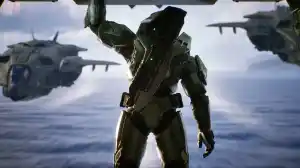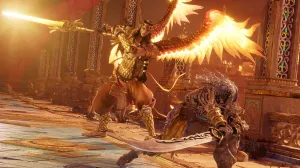When shooters first became popular, there was one skill that separated you from other players. It wasn’t about how fast you could slide, jump, or chain movement tech together. Victory was determined by a cleaner contest of reflexes, precision, and rhythm, all relying on a particular movement tech. In the LAN party days of the late 1990s and early 2000s, gamers learned this technique, and those who mastered it showed that they were better than the rest. But now, this skill has quietly disappeared in modern shooters, giving way to new skills.
Videos by ComicBook.com
That skill was strafing. The art of dodging side to side while keeping your aim locked on your target sounds simple, but mastering strafe was everything. It was the difference between winning and losing, especially in 1v1s. It defined duels in Halo, Quake, Unreal Tournament, Counter-Strike, and so many other competitive shooters. But as the shooter genre has evolved, that skill has faded, replaced with jumps, slides, and other flashy movement systems.
The Legacy of Strafing
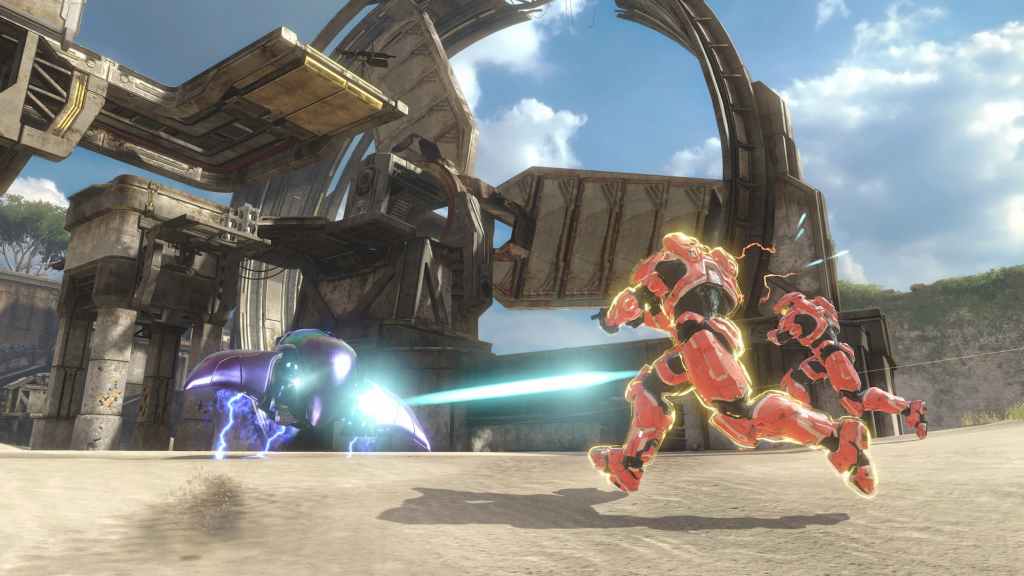
Those who grew up playing shooters on CRT monitors probably remember the feeling of strafing. The dance between you and your opponent wasn’t just about who had better aim, but who could read the rhythm of the other’s strafing better. Tapping A & D or a D-pad was crucial to staying alive, allowing you to keep your aim centered while moving.
In Halo, strafing defined duels. Two players would circle one another, both moving in patterns while adjusting reticles mid-fight, hoping to land the final headshot and secure victory. Unreal Tournament complicated things with rocket jumps and dodges, but the basic rhythm was still there. Counter-Strike brought this technique to its heights, requiring players to stop their strafe at the precise right moment to fire accurately.
Strafing wasn’t a skill that could be taught; it had to be learned. Whether you practiced with friends, against bots, or just in empty arenas, it took time and patience to master this classic skill. I spent hours as a kid practicing, but never managed to perfect it. But as time passed, the design philosophy of shooters began to change. Developers pursued accessibility, faster pacing, and cinematic flair. Movement evolved, and with it, the way we played.
Why Modern Shooters Have Moved On
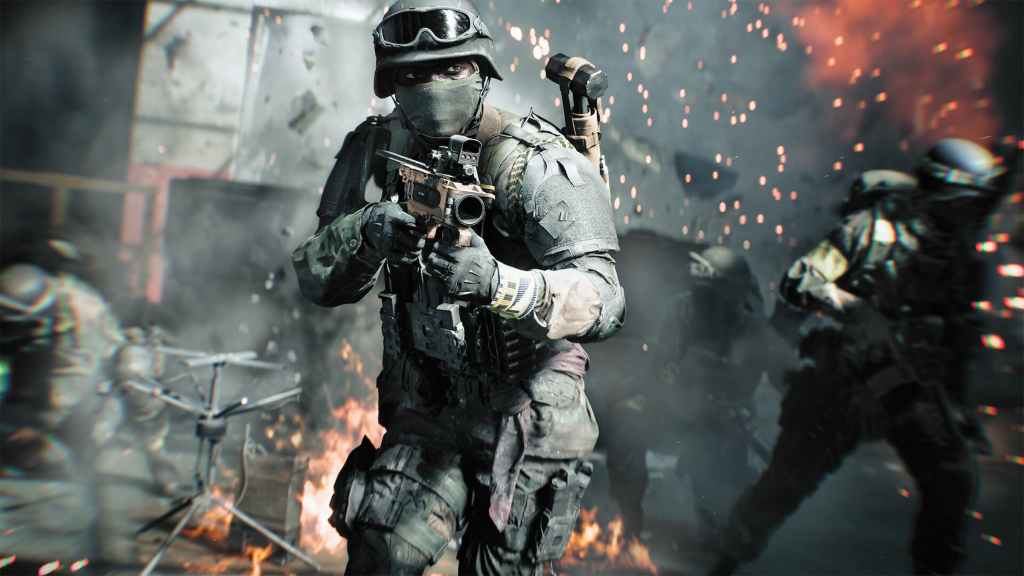
Today’s shooters are a different beast. Movement has become flashier, faster, and often, more vertical. Players now slide across the ground, chain jumps to get increased speed, and even perform gravity-defying stunts depending on the game. These were impossible two decades ago. This isn’t to say that strafing is gone entirely; the problem is that modern shooters seldom reward it when there are so many other options.
Most contemporary shooters aren’t built to allow the kind of horizontal movement strafing brings. The focus is more on mobility than control. Advanced momentum systems dominate the meta, even in games like Battlefield 6 or Halo Infinite, where strafing was the norm in previous iterations. Rather than dueling your opponent face-to-face, these games encourage breaking line-of-sight, closing distance, or exploiting animation windows rather than reading each other’s strafing rhythm.
While more mobility is part of this, another reason is the emphasis on controllers and the rise of aim assist. Strafing was born in a mouse-and-keyboard era, where subtle movements could dodge bullets. It remained a standard on controllers, but as gaming technology improved, it slowly became obsolete. The current trend for shooters is to use smoother, more accessible systems that sometimes allow players to exploit the mechanics and push them to their limits.
What We’ve Gained and What We’ve Lost in Shooters
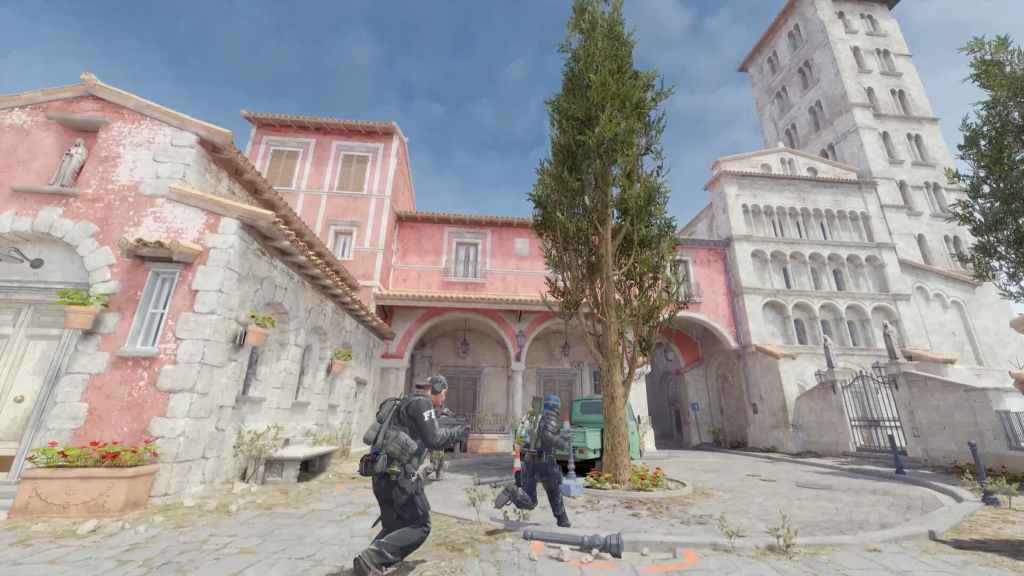
It’s easy to get nostalgic about the old days of strafing, but gaming’s evolution has brought undeniable benefits. Modern shooters are smoother, more accessible, and far more cinematic. Movement systems are creative and expressive in their own right, allowing players to navigate spaces in ways that would’ve blown 2000s players’ minds. Player bases have grown considerably thanks to the changes in both casual and competitive scenes.
But progress always has trade-offs. The precision-based tension of old-school firefights, where players relied solely on strafing, has largely disappeared. While the new movement is flashy, it feels less intimate and rewarding. The skill ceiling feels different, as where before you had to master your skills, you also had to read your opponent’s rhythm at the same time. This has seemingly been replaced by the chaos of speed.
Still, for those who remember the days of LAN parties, strafing remains a fond memory of simpler times. It is a legacy that deserves to be honored, even as the new generation of shooters race past it. It is highly unlikely it will ever make a comeback, even as older games receive remakes like the rumored Halo: Combat Evolved. Today’s shooters require different skills, and those who have mastered strafing have found themselves needing to learn new techniques to keep up.
What do you think? Leave a comment below and join the conversation now in the ComicBook Forum!







